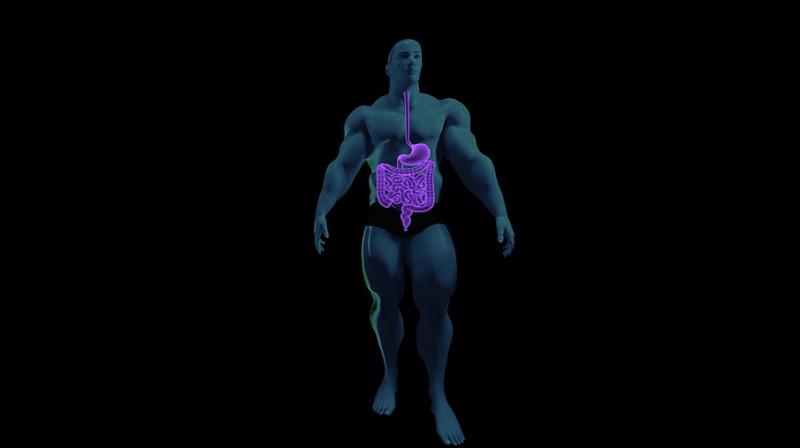Researchers claim appendix might play important biological function
They discovered that the organ has evolved at least 29 times even up to a maximum of 41 times throughout the mammalian evolution.

The theory of evolution suggests that the present-day ‘vestigial parts’ of the human body – like the appendix, wisdom teeth, and tailbone – fell out of use with the passage of time as we continued to adapt to more modern lifestyles than our primitive predecessors.
Researchers from Midwestern University studied the appearance, disappearance, and re-emergence of the appendix in several lineages over the past 11 million years to find out how many times it faded out and was brought back as a result of evolutionary influences. They discovered that the organ has evolved at least 29 times – even possibly up to a maximum of 41 times – throughout the mammalian evolution.
“This statistically strong evidence that the appearance of the appendix is significantly more probable than its loss suggests a selective value for this structure. Thus, we can confidently reject the hypothesis that the appendix is a vestigial structure with little adaptive value or function among mammals,” the team reports.
It is popularly believed that the human appendix is the shrunken remnant of an organ that earlier played an important role in a human ancestor millions of years ago. The appendix still exists because it is too ‘evolutionary expensive’ to get completely rid of it. This is because there is very little evolutionary pressure that would enable losing something that was such an important organ of the body in the past.

